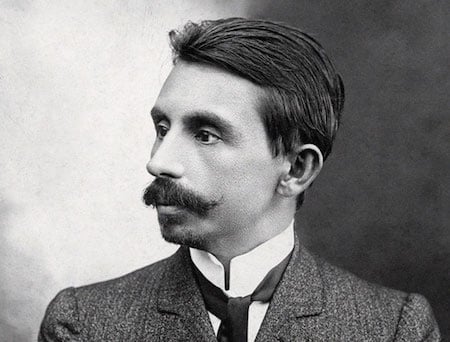Euclides Da Cunha
By:
January 20, 2015

Brazil is unique in having a national epic that isn’t a work of literature, but of journalism. Its author, EUCLIDES DA CUNHA (1866–1909), was an engineer, a soldier, and a bit of a dandy. In 1897, he covered the story that made his career: the siege of Canudos, a city of outcasts gathered around the millenarian preacher, Antonio Conselheiro, hidden in the wilds of the country’s northeast. Embedded with the Brazilian army, Da Cunha saw Canudos’ defenders — a few hundred peasants and cowboys, many of them children and old men — hold out for months against thousands of trained soldiers, and he watched in horror as the army slaughtered prisoners and sold women into slavery after their final victory. His 1902 book, Os Sertões (Rebellion in the Backlands), uses everything at the author’s disposal to try to explain the mystery of Canudos. Da Cunha discusses sociology, history, meteorology, even geology. His metaphors proliferate and multiply and his language becomes a baroque thicket as tangled as the backland scrub he’s trying to evoke. Yet in the end, he always cycles back to his own confusion. The motives of Antonio’s followers mystified him; their beliefs were repellent. But he knew that what the army had done was an obscenity. “We are condemned to civilization” he would write, with anguish. Da Cunha went on to join the Brazilian Academy, teach logic, and accompany an expedition to the Amazon. He chronicled the miserable lives of rubber workers and planned a sequel to his great work. However, in 1909 he was killed in the act of trying to kill his wife’s lover, an army officer. For Da Cunha, Brazil was always a riddle he couldn’t quite crack.
***
On his or her birthday, HiLobrow irregularly pays tribute to one of our high-, low-, no-, or hilobrow heroes. Also born this date: Federico Fellini, Esquivel, Abraham Merritt, David Lynch.
READ MORE about members of the Anarcho-Symbolist Generation (1864–73).
